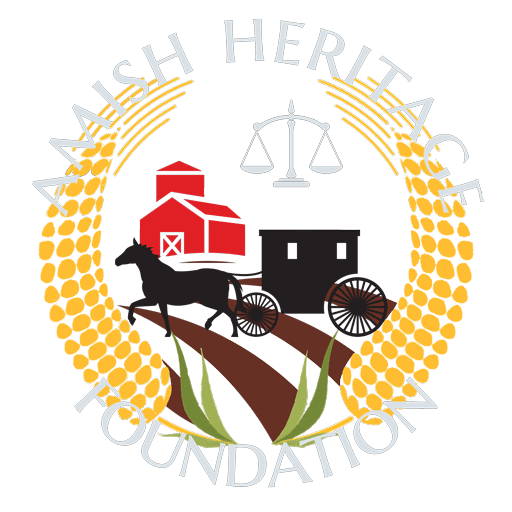In 1972, the Supreme Court of the United States of America ruled in favor of the respondents (Amish parents) who argued that the State of Wisconsin could not mandate that Amish children continue to attend school until age 16, which was the state’s compulsory age. All parents, no matter what their religious beliefs, had been required to abide by that law.
The Supreme Court decision relied on a series of misrepresentations and oversimplifications, three of which I unpack below. My quotes and references are from the respondents’ attorney William Ball in the 1971 hearing for the Wisconsin v. Yoder case that led to the ruling in 1972.
1.“Amish education produces good people”
People can be good. People can be bad. Frequently, the same person can be very good in one moment, and at a different time, in different circumstances, can be very bad. Amish people are no more universally “good” than any other group of people. To pretend that something in Amish culture prevents Amish people from making bad decisions or harming others is to pretend that Amish people lack agency and control over their own behaviors. There are people among the Amish who do bad things. It would be absurd to argue otherwise, but it is in fact, the exact argument made by William Ball in front of the Supreme Court of the United States in the landmark case.
2. Amish children are essentially in vocational schools after the 8th grade
Part of the underlying argument in the Wisconsin v. Yoder case is that Amish education continues through informal vocational education after the 8th grade (meaning: children working on their family’s farm). Referring to this practice as “informal vocational education” is an insult to vocational education. There are requirements for a school to be an accredited vocational education program, which are designed to ensure that students get an adequate traditional education in addition to learning particular skills relevant for future employment. In Wisconsin, vocational education has existed since at least 1859.
The Amish reject the idea of sending their children to vocational schools, despite the fact that doing so would allow them to be better farmers and tradespeople as practicing Amish adults. Why? Because they fear the thought of their youth interacting with non-Amish people and learning how the world functions outside the religious Amish bubble. So why don’t the Amish start their own vocational schools? Because they need their children to run their farms or other occupations, which shun technology in favor of the cheaper child labor.
3. This only affects a small number of children for a small length of time
The respondents argued that the Amish cut-off (immediately following the 8th grade) and Wisconsin’s requirement (age 16 in 1971, but now age 18 with exceptions for parental consent) were not actually that far apart. Both ages were calculated based on the minimum number of years needed to survive in a mostly agricultural economy (other than a broad rejection of higher learning, there is no basis in scripture for 8th grade as the end of Amish education). As the world changes and progresses, Big Ag and technological advances in general make traditional Amish farming untenable. The economic, educational, and opportunity gaps widen exponentially over time for all Amish children, who pay the price for their entire lives, not just a “small length of time”.
Setting aside the Constitutional rights and best interests of Amish children (as the attorneys and judges in Wisconsin v. Yoder did), Yoder set a troubling precedent that can be used to deny any child, not just Amish, an adequate education. It has already been cited by those looking to keep a 1984 level of control over the information that their children are allowed to access.
In fact, anyone can keep their child 100% illiterate––prevent their child from having any schooling at all––simply by pointing to Yoder and claiming religious liberty (an exemption given to the adult that ignores the child’s Constitutional right to religious freedom, exactly as done in Yoder).
To education,
V.B.
Summer Intern, Amish Heritage Foundation



